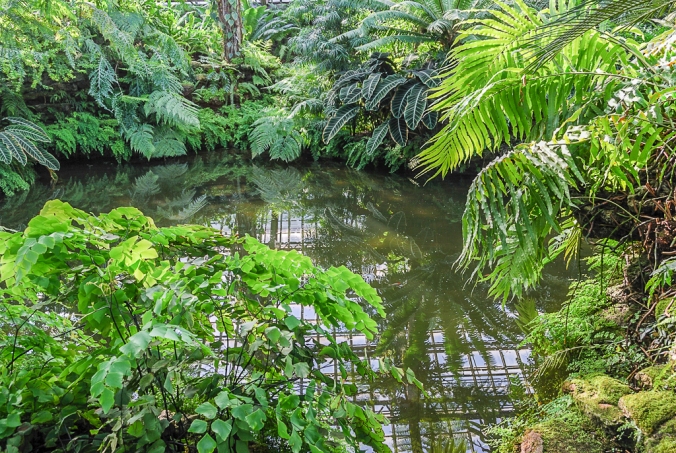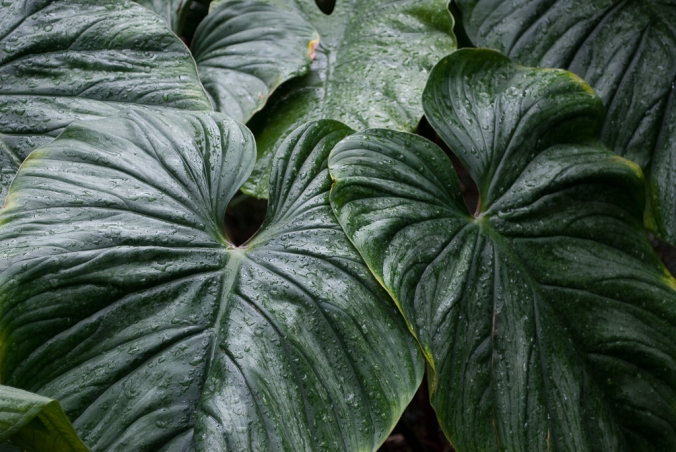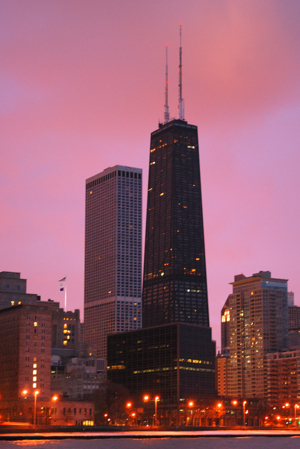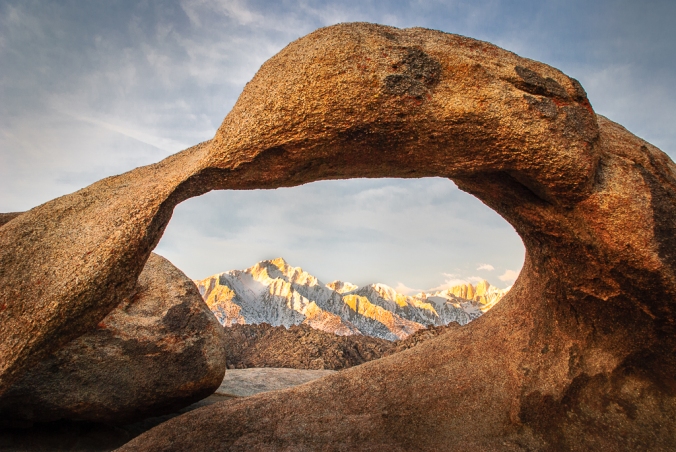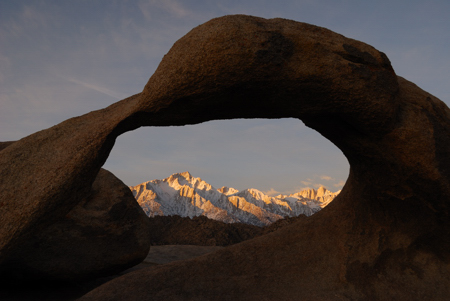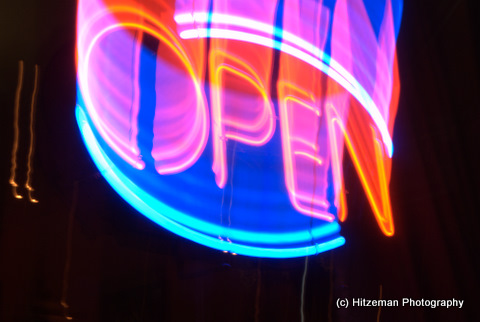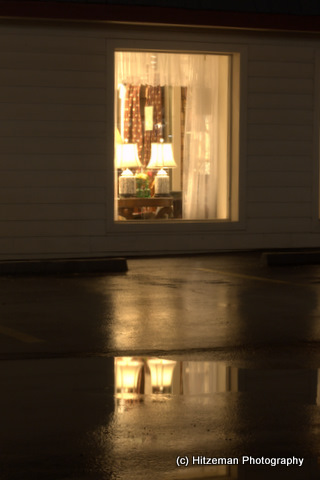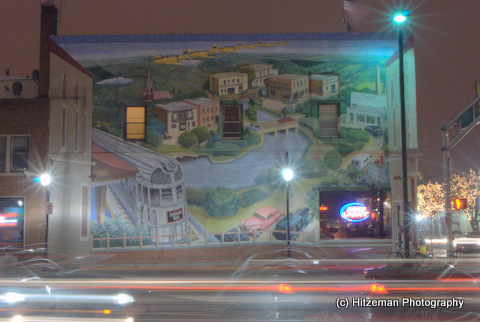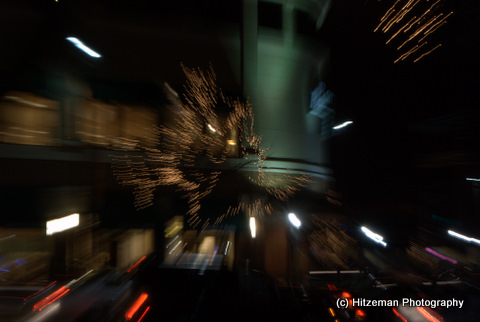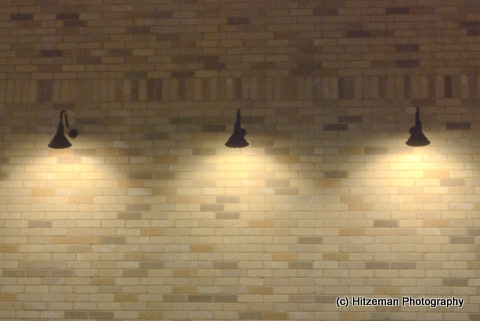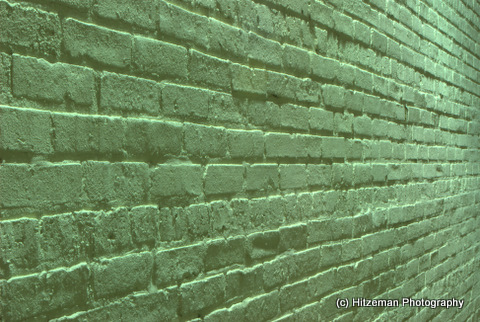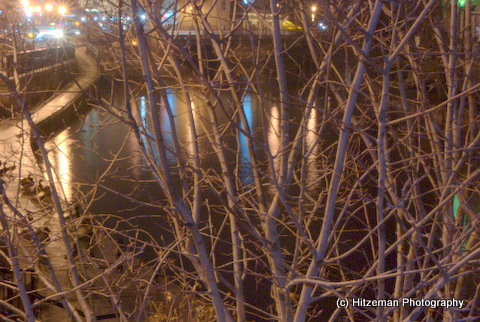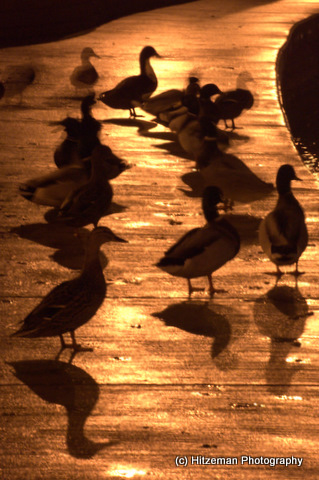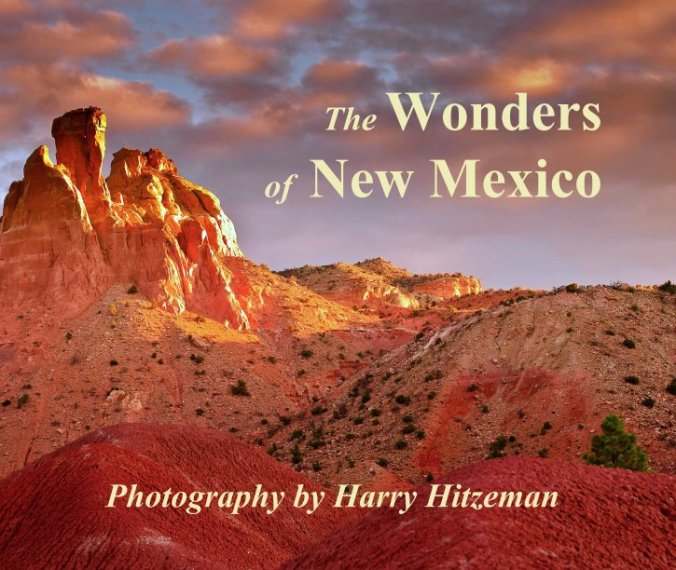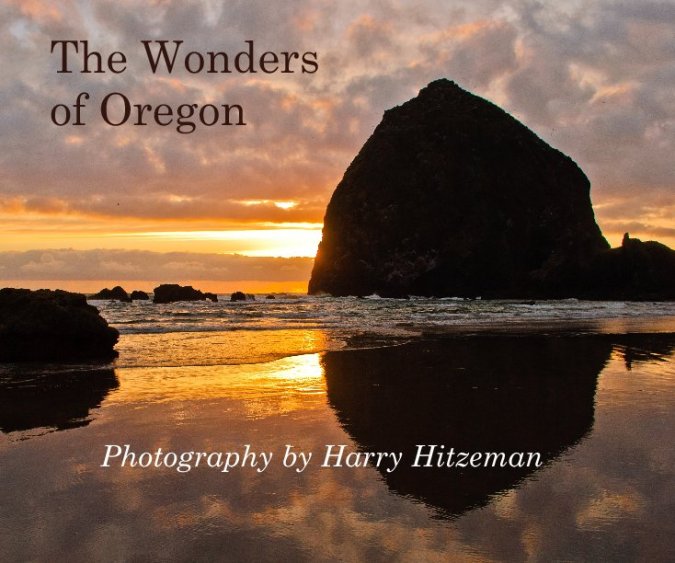I am grateful to the Chicago Area Camera Clubs Association (CACCA) for awarding my image named “Entry” with an Acceptance Ribbon in its 2010 Annual Spring Salon Competition.
CACCA was founded in 1936, and is a progressive photographic organization composed of about forty clubs in the Chicago area. Over 1000 members are actively engaged in every phase of photography.
An Acceptance Award is granted to the highest scoring one-third of submissions, and means that the image will be included in a promotional DVD. It scored a 24 (average of 8 from each of 3 judges) with the highest possible score being a 27 (9 from each of 3 judges).
From the CACCA Judges Handbook:
An image that scores an 8 is a very strong image. Such an image is technically correct and much more. The elements of the image must work together. If there are flaws, they are minor and hard to find. Obvious flaws must be compensated by other elements in the image. Images that score an 8 may break the “rules”. When the rules are broken, they are broken for impact. Technical excellence is expected to a high degree in an image scoring 8. Difficult exposures, effective use of selective focusing and depth of field, as well as other advanced photographic techniques are commonly found in such an image. The image exhibits SEVERAL elements towards which those who are working at polishing their craft should be striving.


